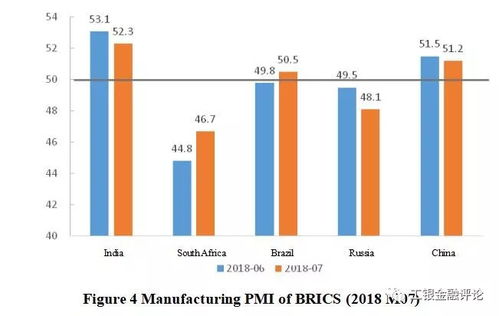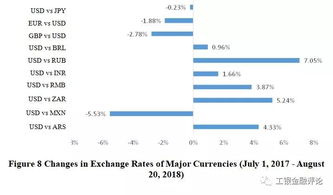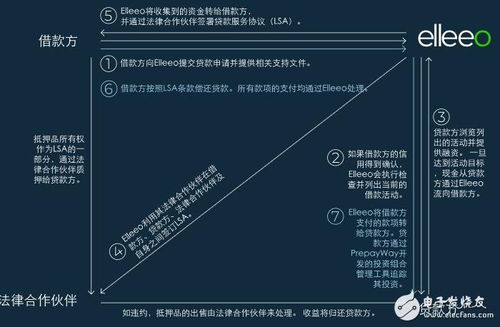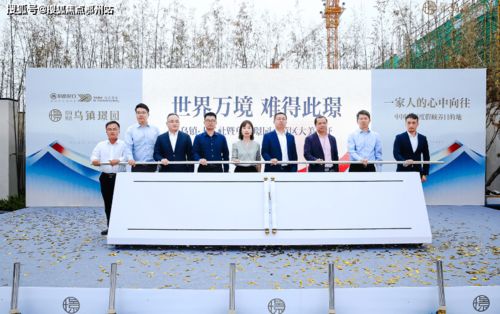Global Trade Patterns in Textiles:A Comprehensive Analysis
Global Trade Patterns in Textiles: A Comprehensive Analysis,Textile trade is a significant sector of global economic activity, accounting for a substantial share of the world's merchandise trade. This paper provides a comprehensive analysis of the global trade patterns in textiles, focusing on the major players, trade flows, and key trends. The analysis highlights the importance of developing countries as suppliers of textile products, while developed nations play a dominant role as buyers. The paper also examines the impact of technological advancements, such as automation and digitalization, on the textile industry, and their implications for trade patterns. Finally, it discusses the challenges faced by the textile industry, including environmental concerns and labor issues, and suggests potential solutions to these challenges. Overall, this paper provides a valuable insight into the complex and dynamic nature of global textile trade patterns, highlighting the importance of ongoing research and policy interventions to promote sustainable and equitable development in this vital sector.
Introduction: Textiles have long been a vital component of global trade, playing a crucial role in the economies of many nations. The textile industry is diverse and complex, with countries around the world specializing in different types of textile products. This article will explore the global trade patterns in textiles, highlighting the top countries involved in the industry and analyzing their contributions to the global market. We will also examine the challenges faced by textile exporters and the opportunities available for growth in this sector.
Global Trade Patterns in Textiles: The textile industry is characterized by its global reach and interconnectedness. Countries such as China, India, Bangladesh, and Vietnam are among the top producers of textiles globally. These countries have a strong manufacturing base, skilled labor force, and advanced technology that enable them to produce a wide range of textile products.

China, for example, is the world's largest producer of textiles, accounting for over 20% of global production. It has a vast network of factories across the country, producing everything from cotton to synthetic fibers. China's textile industry is highly competitive, with companies investing heavily in research and development to stay ahead of the competition.
India is another major player in the textile industry, producing more than 10% of the world's cotton. It has a strong tradition in textile manufacturing, with traditional weaving techniques still being practiced in many regions. India's textile industry is also diversifying, with companies exploring new markets and developing new products.
Bangladesh is known for its woven fabrics, particularly those made from natural fibers like cotton and hemp. The country's textile industry is highly export-oriented, with garments being one of the most popular export products. Bangladesh's textile industry is also facing challenges, including rising costs and competition from other Asian countries.
Vietnam is another emerging player in the textile industry, producing a variety of textile products including silk, linen, and cotton. Vietnam's textile industry is growing rapidly, with companies investing in new technologies and expanding into new markets.
Challenges Faced by Textile Exporters: Exporting textiles can be challenging, especially for small and medium-sized enterprises (SMEs). These companies often face several challenges, including high transportation costs, limited access to international markets, and lack of brand recognition. Additionally, they may face competition from larger players in the industry, who have access to more resources and investment.
Opportunities for Growth: Despite these challenges, there are still opportunities for growth in the textile industry. One opportunity is the increasing demand for sustainable and eco-friendly textiles, which can be produced using renewable resources and low-impact manufacturing processes. Another opportunity is the expansion into new markets, particularly in developing countries where the textile industry is still nascent.
Case Study: One example of a successful textile exporter is the Indian company Safavia Industries. Safavia produces a variety of textile products, including cotton and polyester blended fabrics. The company has expanded its operations into new markets, including Europe and North America. Through strategic partnerships and investments in marketing, Safavia has been able to increase its market share and become a leading player in the textile industry.
Conclusion: The textile industry is a global phenomenon, with countries around the world contributing to its success. China, India, Bangladesh, and Vietnam are among the top producers of textiles, with their unique strengths and challenges shaping the global trade landscape. Despite these challenges, there are still opportunities for growth in the textile industry, particularly in sustainable and eco-friendly products and new markets. As the industry continues to evolve, it will be interesting to see how countries around the world adapt to the changing landscape and seize new opportunities.

随着全球贸易的不断发展,纺织品作为国际贸易的重要组成部分,其进出口国家情况日益受到关注,本篇文章将围绕纺织品进出口国家主题,通过英文口语化表达方式,为您详细介绍相关情况。
主要纺织品进出口国家概述
-
中国:作为全球最大的纺织品生产国和出口国之一,中国拥有丰富的纺织品资源和庞大的纺织品出口市场,中国纺织品出口涉及多个领域,包括丝绸、棉布、麻制品等,近年来,中国在纺织品贸易方面取得了显著成就,成为全球纺织品贸易的重要力量。
-
美国:美国作为全球纺织品进口大国,其纺织品贸易涉及多个领域,包括服装、家居用品、鞋类等,美国在纺织品贸易方面具有较高的自主性和竞争力,拥有众多知名的纺织品品牌和出口企业。
-
欧盟:欧盟是世界上最大的纺织品生产地区之一,其纺织品贸易涉及多个国家,欧盟在纺织品贸易方面注重产品质量和安全标准,拥有完善的纺织品检测和认证体系,欧盟还积极参与国际纺织品贸易合作,推动区域经济一体化发展。
-
日本:日本作为亚洲地区的纺织品出口大国,其纺织品贸易涉及多个领域,包括服装、家居用品、文具等,日本在纺织品贸易方面注重品质和设计创新,拥有众多知名的纺织品品牌和出口企业。
案例分析

-
中国纺织品出口案例:以某知名纺织企业为例,该企业在全球范围内开展纺织品出口业务,主要出口丝绸、棉布等产品,该企业在国际贸易中具有较强的自主性和竞争力,产品深受国内外消费者喜爱,该企业还积极参与国际纺织品贸易合作,推动区域经济一体化发展。
-
美国纺织品进口案例:以某知名服装品牌为例,该品牌在美国市场上积极开展纺织品进口业务,主要进口服装面料、家居用品等,美国在纺织品进口方面注重产品质量和安全标准,同时积极参与国际纺织品贸易合作,推动区域经济一体化发展。
进出口政策与市场趋势
-
进出口政策:各国政府在纺织品进出口政策方面存在差异,各国政府都注重保护本国纺织品的产业安全和知识产权,各国政府还积极推动纺织品贸易自由化、便利化进程,促进纺织品的国际贸易发展。
-
市场趋势:随着全球贸易环境的不断变化,纺织品进出口市场趋势呈现出多元化、全球化的发展趋势,各国在纺织品贸易方面注重产品质量和安全标准,加强国际合作与交流,推动区域经济一体化发展,各国还积极拓展新兴市场和地区,提高纺织品出口竞争力。
纺织品进出口国家是国际贸易的重要组成部分,各国在纺织品贸易方面存在差异,中国、美国、欧盟和日本等国家和地区在纺织品进出口方面具有不同的特点和优势,各国还积极推动纺织品贸易自由化、便利化进程,加强国际合作与交流,提高纺织品出口竞争力,随着全球贸易环境的不断变化,纺织品进出口市场趋势将继续呈现多元化、全球化的发展趋势。
Articles related to the knowledge points of this article:
The Textile Industry in Fuqing,China



